Italy is the land of pasta, but there is so much more than the usual carbonara, arrabiata, or pesto. Next time you want to try something new at your favorite authentic Italian place where the waiter looks Italian, greets you with a “ciao bella,” and says “buon apetito” before you eat, find these legit plates on the menu.
Supplì
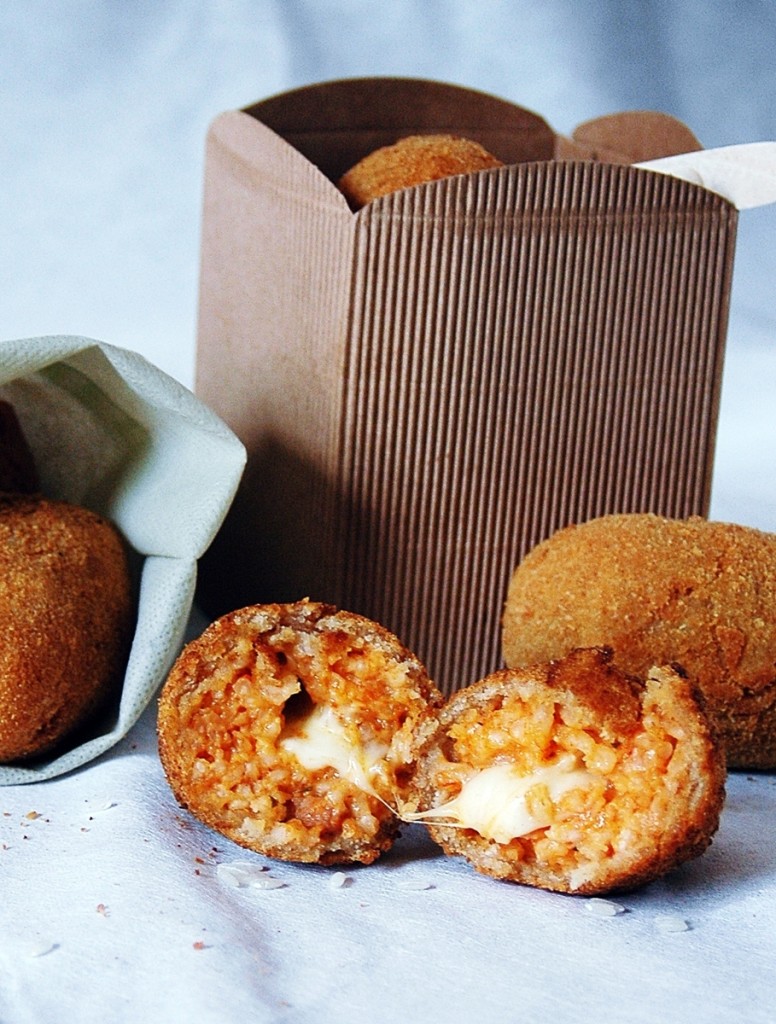
Photo by Alessandra Scollo on flickr.com
One of the surprise foods seen everywhere in Italy are these deep-fried risotto balls. They’re essentially mozzarella sticks’ big brother, and their cousin, arancini, is also at every other shop you see.
Different types of the fried balls have anything from a cheesy caper and veal interior to a simple pepper and pecorino center. These guys are always best fresh out of the fryer. Speaking of frying, bacon + mozz sticks = yes.
Cacio e Pepe

Photo by Austin Hake
You’ve heard of one of the other four traditional pastas of Rome, Carbonara, which is egg yolk, pecorino Romano, and guanciale (pig cheek), but especially in Rome, Cacio e Pepe is big. Like Julius Caesar big. It’s literally just cheese and pepper, but when you have high-quality pecorino, pasta, and olive oil, ooh it can be so good. Plus, you can try to make your own pasta and up your Italian grandmotherliness to a whole ‘nother level.
Cornetti
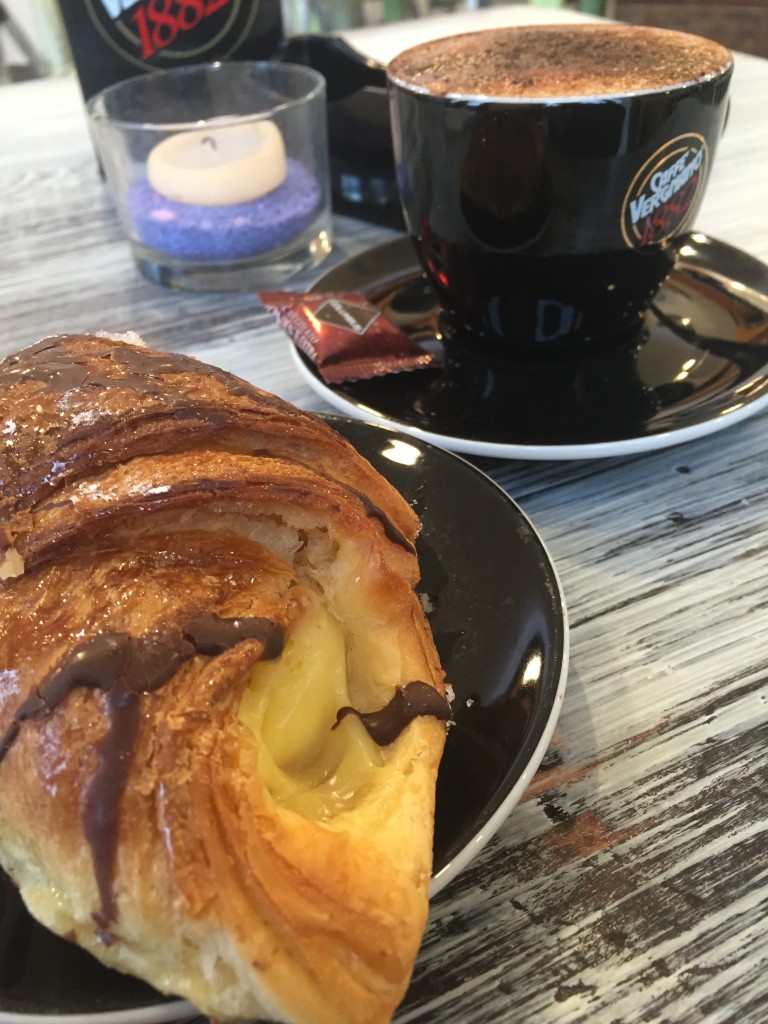
Photo by Austin Hake
Although cornetti and croissants are very similar, it’s worth noting the differences. Croissants are flaky and airy so that once you bite into them, they explode into doughy dust. Cornetti are enriched with egg and sugar, and often flavored with vanilla and citrus zest. This gives them a softer, sweeter flavor, which is why in some parts of Italy they are called brioche.
Straight Focaccia
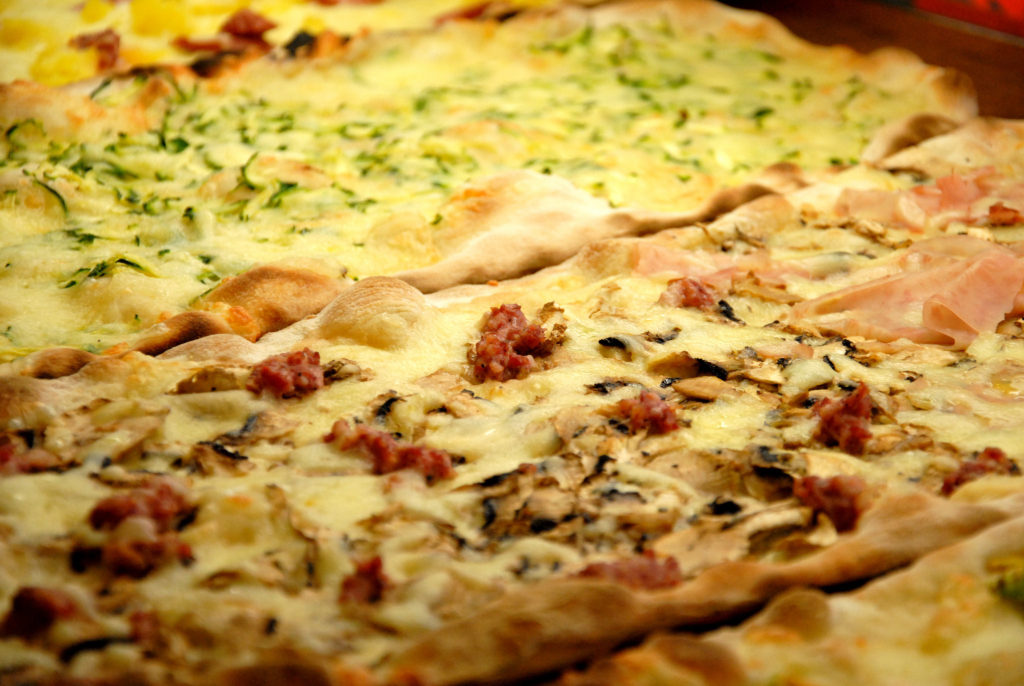
Photo by Matteo Diotallevi on flickr.com
Roaming the streets of Italy, you will definitely see the countless pizza al taglio shops selling slabs of pizza by the kilogram. They sometimes get pretty crazy with their toppings, but there is always an option to get a piece with basically nothing on it. Most delis, cafes, or pastry shops also will just have plain focaccia piled up as an option.
I was surprised one day when my Italian exchange mother came up, asked if I wanted pizza (yes, of course), and gave me this piece of plain focaccia. It was just bread, olive oil, garlic, and rosemary. For €1 though, it’s definitely worth it, and this is why around lunchtime it’s common to see Italians walking around with just a plain piece of focaccia.
Fettuccine al Tartufo
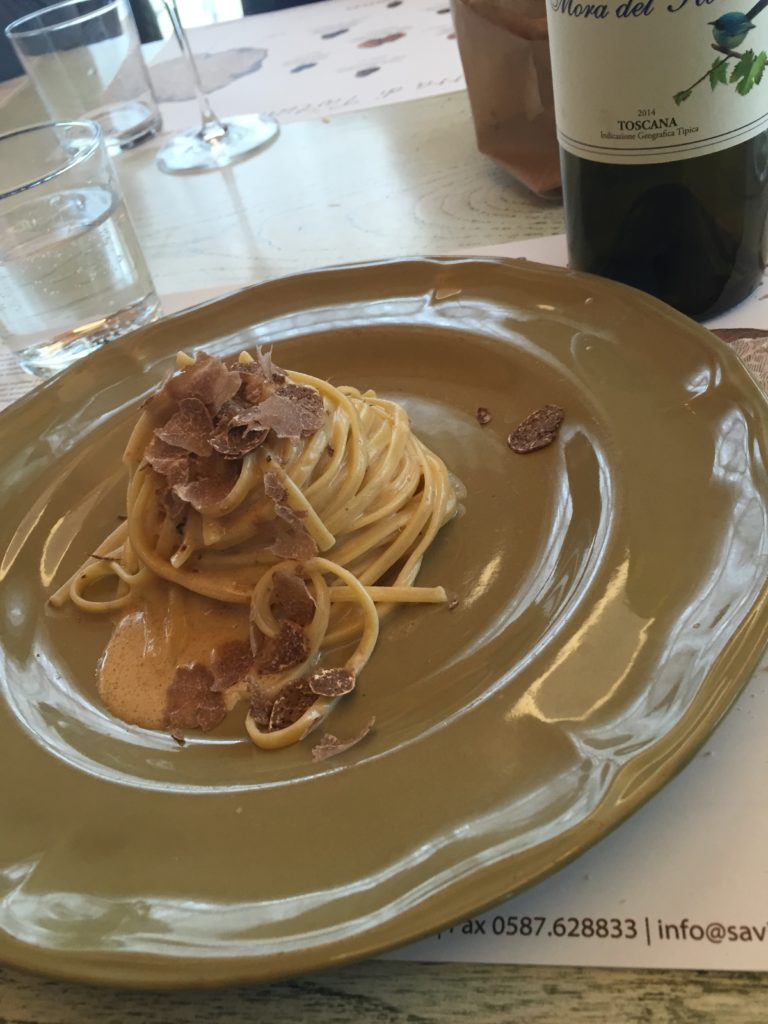
Photo by Austin Hake
Truffles are molto expensivo and a sign of high class, so the fancier restaurants in Italy are expected to have them somewhere on the menu. Truffles are tricky though because of the difficult process of finding them, and they’re seasonal, so most restaurants will stick ’em on their specials menu when they have them in stock. Italy is one of the major producers of truffles in the world, so it makes sense they find their way into the culinary culture.
Spaghetti con Polpette
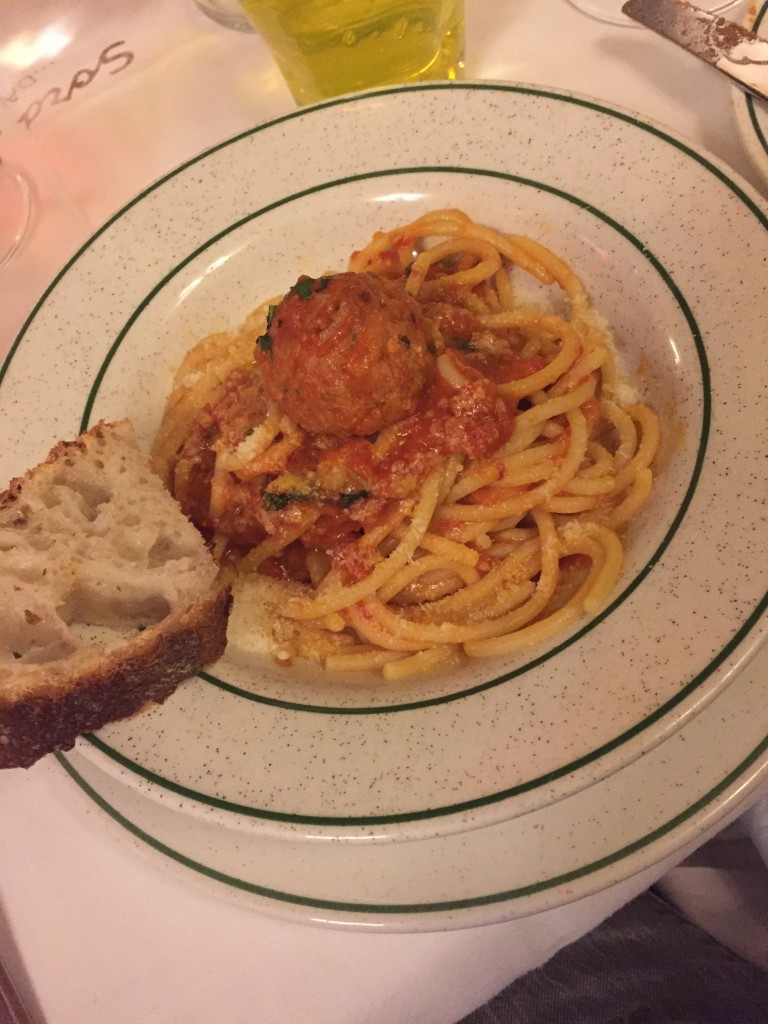
Photo by Austin Hake
JK.
I had to get pasta and a side of meatballs to make this. Italian meals are very course driven with Primi and Secondi sections to the menu. For Primi it will almost always be types of carbs, pasta for example, and Secondi will always be the fish and red meats especially.
There are exceptions like the guanciale for carbonara, but generally carbs and meat will not be in the same dish. So when you’re at a restaurant, if you spot spaghetti with meatballs or caesar salad “sad face,” steer away from them and get supplì instead.




